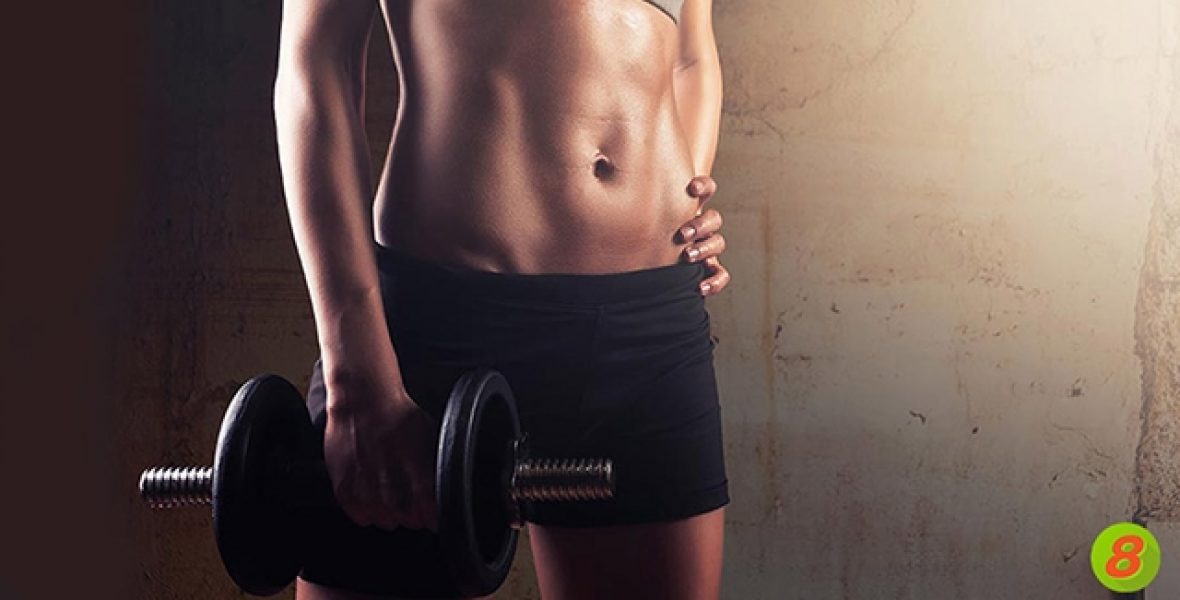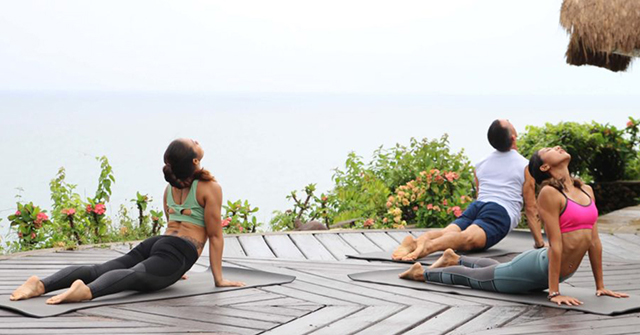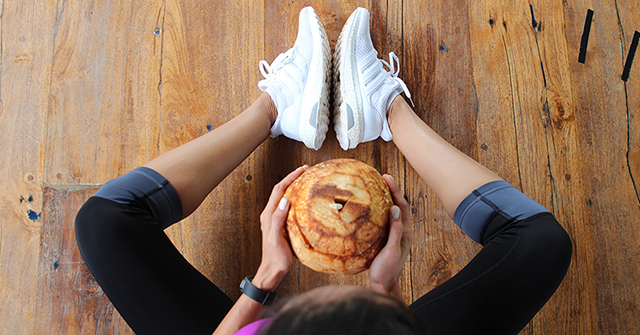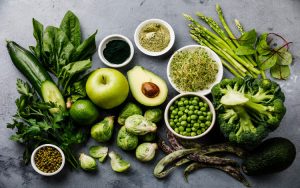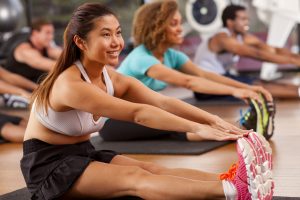It’s really hard to know what’s right and what’s wrong these days in the world of fitness, health and wellness. We’re assaulted from one direction with “Do this, don’t do that!” and from the other with “This works and that doesn’t!” There’s ads with the latest technique / equipment / approach / fad. There’s articles telling you about the 5 tips to hack this or the top 3 tips to do for that! Or there’s the latest ‘expert’ (who most often than not isn’t an expert) telling you what you should do. No wonder it is hard to sort fact out from fiction.
There’s so much misinformation and nonsense out there so we decided it was time to have a bit of a rant and share with you the exercise philosophies, principles and pillars that guide us.
It is worth noting that these pillars have been formed over many years and many thousands of workouts. They’ve been tested in preparing for Olympic Games, used by personal trainers, critiqued by exercise physiologists and they are based on research and science. Most importantly – they work and they’re actually simple at their core.
Pillar 1 – Balance
Any exercise program should have a balance of the 3 main types of movement – fitness, strength, and mobility. It is why our weekly workout programs include all of these three focuses (in different quantities depending on the program goals). Fitness refers to your cardiovascular activities (power walking, jogging, running). This is important for healthy lungs, heart and for weight management. Strength and resistance training makes your muscles stronger, more defined and more co-ordinated. It is important for your bones and supporting structures, and is an essential factor for maintaining or increasing your lean muscle. Mobility focuses on your flexibility, on multi-dimensional movement, and on the range of movement of your joints and muscles. It improves your flexibility, your posture and helps prevent injuries. Balanced exercise programs contain all three of these elements.
Pillar 2 – Weight training is essential
Secondly, weight and resistance exercises are a vital part of any overall program. It doesn’t matter whether you’re a male or female, whether you’re trying to lose weight or whether you want to put on bulk. Everyone should do weight training as part of their overall exercise program. (The difference is just how you do this weight training (how often, how heavy, how intense, how fast) depending on the results you are seeking.
Let me explain further why everyone should be doing weight training. Most obviously, resistance/weight training helps you preserve or increase your lean muscle which is important functionally for your overall strength, your co-ordination, for your bones and for your supporting structures (ligaments, tendons etc). However, its importance is more than the obvious. You see muscle is also your body’s most efficient fat burner. That is, muscle burns more calories than fat, which then increases your metabolism in both the short and long term. This higher basal metabolic rate (BMR) then helps you continue to burn more calories ongoing.
If you lose weight because you lose muscle then you have not improved your body composition and you are setting yourself up for long-term failure. You are lighter without being leaner. You weigh less, but along the way you’ve lost much of the muscle mass you already had by not challenging your muscles. You’ve lost weight without losing fat and as a result your body might still be flabby because you still have more fat than muscle (“Skinny fat” as we refer to it). Now, with less muscle mass than you used to have, your metabolism is then going to slow and you’re not automatically burning as many calories. It then becomes easier to put on body fat if you overeat just a little bit.
Unless you are very obese, and depending on your specific goals, you should seek to preserve or increase your lean muscle tissue at the same time as losing fat. (Muscle + less fat = tone). This means doing resistance/weight training. Not only to maintain or build muscle, but also to burn fat. (And before you say it ladies– this does not mean you’ll get “big and bulky” or “too muscly”. This is a topic for another time. For more information on this refer to our free guide “Why many women never get toned”).
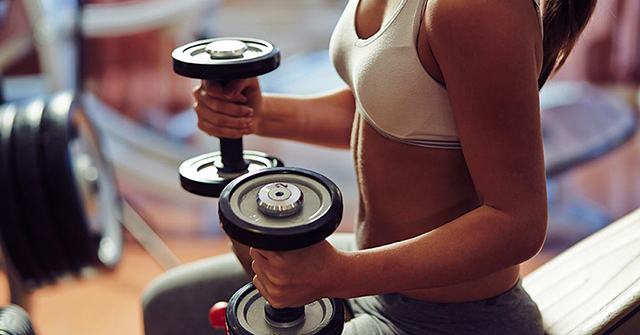
Pillar 3 – Compound exercises are preferred
We prefer compound exercises (exercises that involve multiple joints/muscles) rather than isolated exercises (exercises that work only one muscle/muscle group/joint at a time). This is because compound exercises demand that more muscles be used at the same time. As they recruit more muscle fibres throughout your entire body, they exert more systemic stress (the good kind of stress) throughout the target muscles and neighbouring areas, thus producing a system-wide, or total-body effect. Your body responds by producing a flood of fat-burning hormones.
And not only are compound exercises your biggest metabolic boosters, they will also help you in three other additional ways. They will help you save time in your workouts; will develop your stabiliser muscles; and are more functional and practical because they more closely mimic the way our body moves and does daily activities. (Our body works as a whole, not in isolation).
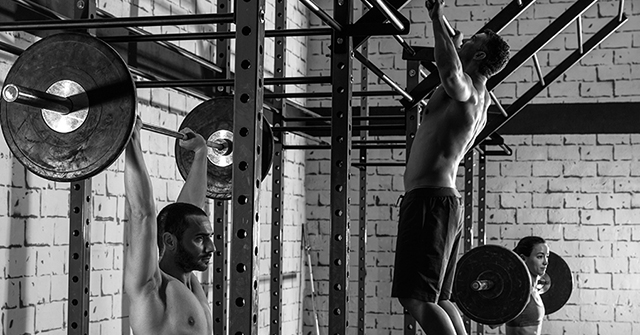
Pillar 4 – We like high intensity (HIIT) training (with a caveat)
We like high intensity interval (HIIT) training – in all its forms eg circuits, sprinting, cardio intervals. The first reason we like it is because HIIT training is the best way to burn fat. At lower intensity levels, a higher percentage of your energy comes from fat during exercise. However, HIIT training allows you to burn more calories overall.
This is because after intense bouts of exercise a physiological process referred to as EPOC (Excess Post Exercise Oxygen Consumption) or better known as “afterburn” is triggered. The body is forced to go into oxygen debt because your body is actually using more energy than it can either produce or sustain. This in turn forces your body to expend more energy to make up for the metabolic deficit and return your body back to its pre exercise condition. This energy is provided by your body fat and significantly it occurs post exercise. You’re effectively using your own body fat as the fuel to increase your own metabolism. The end result – you are burning more calories throughout the day!
Remember, its not just how many calories you burn during your actual workout, it is how many calories you burn throughout the day. Calories in (consumed) vs calories out (expended) – the calorie equation.
The second reason we like HITT training is that it generally allows for shorter, more intense workouts. In today’s time-poor world that is a great benefit for making sure you keep up a consistent workout routine.
Let me add a caveat though. Whilst we have a preference to high intensity training, it is important to note that not all your workouts should be high intensity. You need to mix them with slow, low intensity steady state (LISS) workouts, such as a jog or a recovery session. This will minimise the chance of injury, as well as maintain your overall level of motivation.

Pillar 5 – Recovery is more important than you think
Recovery and flexibility are very important part of an overall balanced program – in fact, far more important than you probably realise. It is why in all our programs we have both a ‘Yoga & Core’ workout, as well as a rest day. The Yoga & Core workout is designed to be low intensity and provide a form of mindfulness and active recovery, whilst at the same time strengthening your core and improving your range of motion. This will keep your muscles supple, build a good foundational core strength, help prevent injury and bring balance to your overall program.
And likewise having a rest day is extremely important in an overall program. Never forget that your muscles actually repair and grow after you’ve done your workout. That is why recovery is so important. Together with good nutrition, sufficient rest and a healthy mindset you should be fresh and ready to tackle every week of the Active8me program. And that’s the aim – consistent exercise that is part of a healthy, active lifestyle.
Pillar 6 – You’ve got to enjoy it
Finally, exercise shouldn’t be something you feel you have to do or that you do reluctantly. We’re not saying that you will always feel like it, but on the whole, exercise should be something you enjoy doing. It should be fun. After all, you’ll never maintain something if you don’t enjoy it. This is why we want you to cultivate a love for exercising and keeping fit and healthy.
Try different types of exercise. Use music. Try classes. Exercise with friends. Challenge yourself. Buy some cool activewear and enjoy the inspiration that gives you. Exercise wherever you prefer – at home, or outdoors in nature or at the gym. Enjoy those post-workout endorphins. Enjoy sleeping better. Enjoy the privilege of moving which many people in this world can’t do. Enjoy feeling more energy. Enjoy how you feel better about yourself after a workout. Do it for the love of it!
At Active8me we’re here to help you on your fitness and health journey. We want to inspire, educate, empower and equip you. So join our great community and let the incredible Active8me team help you make the transformation you want to see. We’ve helped many others before you and can help you if you want it.
Our programs have been curated by experts and will give you:
• Support, guidance and expertise from the Active8me team.
